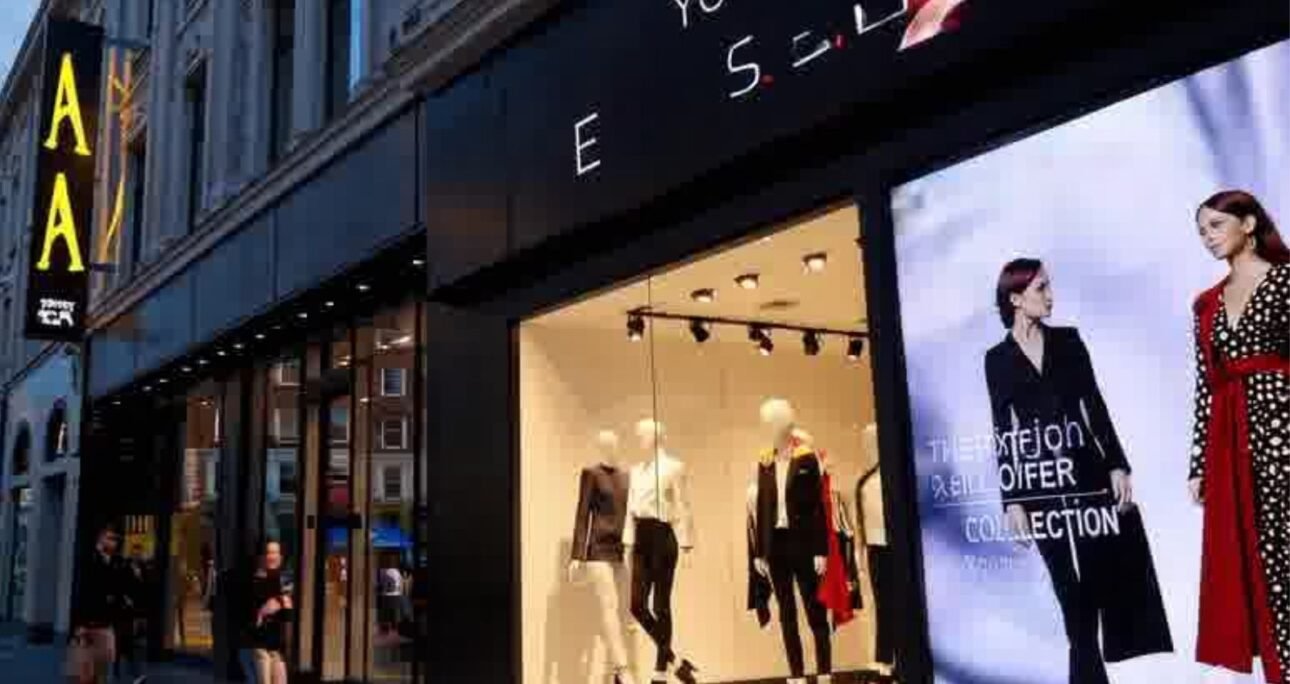The retail sector is undergoing a significant transformation driven by technological advancements. Among these innovations, LED digital walls have emerged as a groundbreaking tool that enhances the retail shopping experience. These digital displays create immersive and interactive environments, helping retailers attract customers, boost engagement, and increase sales. Let’s explore why these displays are becoming indispensable in modern retail.
What Are LED Digital Walls?
LED digital walls are high-definition, large-scale digital displays built from light-emitting diodes (LEDs). Unlike traditional static signage, they provide dynamic, versatile, and visually stunning content displays. LED walls are designed for various environments, including indoor and outdoor retail spaces, making them highly adaptable to a retailer’s needs.
Key Features:
- High Resolution: Exceptional clarity and vividness ensure an engaging visual experience.
- Flexibility: Content can range from static images to live videos or animations.
- Customization: Retailers can tailor content to match branding or seasonal themes.
In comparison to traditional billboards or printed signs, LED walls are more interactive, environmentally sustainable, and easier to update in real-time.
Why LED Digital Walls Matter in Retail
Modern consumers don’t just shop—they experience. Retailers are expected to deliver captivating in-store environments that go beyond product displays. LED digital walls provide this immersive experience by transforming stores into visually rich, interactive spaces.
They also enhance brand perception, projecting an innovative and forward-thinking image for businesses. Retailers using LED walls appear more modern and customer-focused, which positively influences customer loyalty and footfall.
Benefits of LED Digital Walls in Retail
Enhanced Visual Appeal
LED walls are visually striking, offering bright, high-definition visuals that stand out even in brightly lit environments. They can be programmed to display branded animations, product demonstrations, or even live-streamed events, helping attract and retain customers’ attention.
Improved Customer Engagement
LED walls encourage active participation through interactive content. Touchscreens or motion sensors can allow shoppers to browse products, customize options, or participate in virtual try-ons. Real-time content updates further ensure the displays remain relevant and compelling.
Increased Sales Opportunities
Retailers can use LED walls to spotlight promotions, seasonal discounts, or best-selling items, encouraging customers to make impulsive purchases. The ability to show dynamic content like product reviews or comparisons also aids upselling and cross-selling strategies.
Sustainability Advantages
Digital walls are an eco-friendly alternative to paper signage, reducing the environmental impact of printing. Moreover, modern LEDs are energy-efficient, consuming less power than traditional lighting systems, further supporting sustainable retail practices.
Applications of LED Digital Walls in Retail
In-Store Displays
Retailers use LED walls to create compelling in-store displays, such as showcasing a new product line or running an engaging ad campaign. These displays help keep customers entertained and informed while shopping.
Window Displays
LED walls in storefront windows act as powerful tools to draw foot traffic. Unlike static window displays, they can run vibrant, eye-catching animations that captivate passersby, even during off-hours.
Interactive Kiosks and Walls
Interactive LED walls elevate customer experiences by enabling virtual try-ons or providing self-service assistance. For example, a fashion retailer might let customers “try on” clothes digitally, while a home improvement store could offer 3D visualizations of furniture in a room.
Examples of Successful Implementation
Several global brands have leveraged LED walls to transform their retail spaces:
- Nike: Their flagship stores feature LED walls displaying athlete stories, product showcases, and motivational visuals, creating a unique brand atmosphere.
- Zara: LED walls highlight fashion collections and sales promotions, offering shoppers a glimpse of what’s inside the store.
These implementations showcase how LED walls can reinforce brand identity and improve customer experiences.
Cost Considerations for LED Digital Walls
The initial cost of installing LED digital walls may seem high, especially for small and mid-sized retailers. However, the long-term benefits—such as increased sales, reduced marketing costs, and extended display lifespans—make it a worthwhile investment.
Additional Costs to Consider:
- Customization: Tailoring the size, resolution, or functionality of the display.
- Maintenance: Regular cleaning and technical servicing to ensure longevity.
Challenges of Implementing LED Digital Walls
High Initial Cost
Retailers need to allocate significant budgets upfront for equipment and installation. For smaller businesses, this may require strategic planning or phased implementation.
Technical Expertise
Setting up LED walls and managing content requires skilled professionals. Lack of expertise can lead to underutilized displays or technical issues.
Keeping Content Fresh
The effectiveness of LED walls relies heavily on updated and engaging content. Stale displays may fail to capture customer interest, emphasizing the need for ongoing content management.
The Future of LED Digital Walls in Retail
Advances in artificial intelligence (AI) and augmented reality (AR) will revolutionize how LED walls are used. For instance:
- AI can personalize displays based on customer preferences or shopping behavior.
- AR-enabled walls can overlay virtual content onto real-world environments, allowing for immersive product demos or virtual walkthroughs.
These technologies will make LED walls smarter, more adaptive, and even more engaging.
How to Choose the Right LED Wall for Your Store
Factors to Consider
- Size: The wall’s size should suit the space without overwhelming the store layout.
- Resolution: High-definition screens are essential for impactful visuals.
- Placement: Strategic placement ensures maximum visibility and impact.
- Content Strategy: Have a clear plan for what the wall will display and how often it will be updated.
Tips for Maximizing ROI
Create High-Quality Content
Content is king. High-quality visuals and engaging animations ensure your LED wall looks professional and captivating.
Regularly Update Displays
Frequent updates keep customers intrigued and ensure the displays align with marketing campaigns or seasonal themes.
Use Data Analytics
Leverage analytics to understand customer interactions with your LED wall. Use these insights to fine-tune your strategy for better results.
Conclusion
LED digital walls are transforming retail into a dynamic, engaging experience for customers. By combining visual appeal, interactivity, and sustainability, they empower retailers to stay ahead of the competition. For businesses looking to elevate their customer experience, LED walls are no longer optional—they’re essential.
FAQs
- What are LED digital walls?
LED digital walls are high-resolution screens composed of LEDs that display dynamic content for retail spaces, enhancing customer engagement. - How much do LED walls cost for retail stores?
Costs vary based on size, resolution, and features. While upfront costs are significant, their long-term benefits justify the investment. - Are LED walls eco-friendly?
Yes, they are energy-efficient and reduce reliance on paper signage, promoting sustainability. - How can LED walls increase sales?
By showcasing promotions, personalized content, and product demonstrations, LED walls influence purchasing decisions and drive sales. - What is the future of LED walls in retail?
The future includes AI and AR integration, enabling more personalized, immersive, and data-driven shopping experiences.



